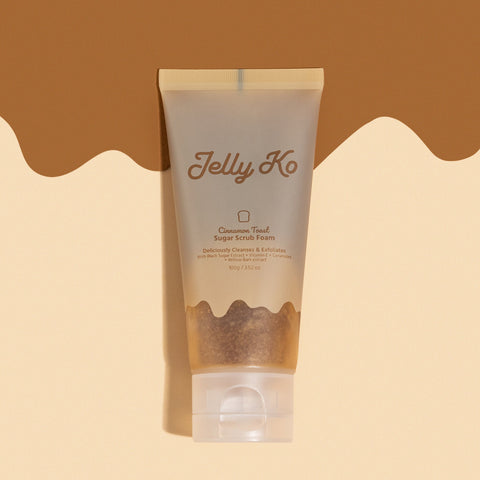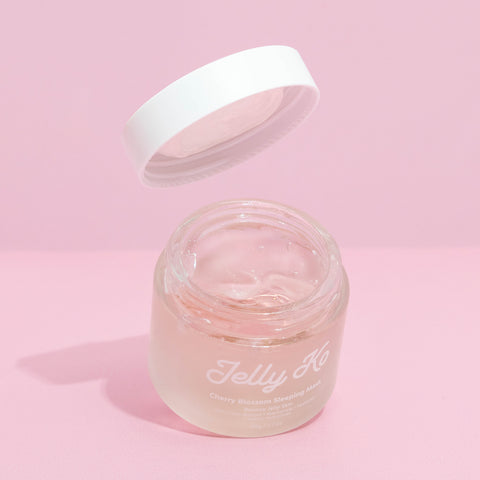Best Skincare for Fungal Acne
If you have stubborn acne that won’t go away or regular acne products just aren’t doing anything to fix it, there's a chance you may have fungal "acne".
What's the difference?
Well, while regular acne is caused by oil and bacteria, so-called "fungal acne" is not true acne. Instead, it is caused by an overgrowth of yeast.
Fungal acne's proper name is Pityrosporum (malassezia) folliculitis. And while it looks similar to regular acne, it's not "acne" in the traditional sense because it is caused by yeast not bacteria. This overgrowth of yeast can happens for a range of reasons:
- Weather (especially hot and humid conditions);
- Health (when your immune system is weakened);
- Diet (yeast and fungi love carbohydrates and sugar) and
- Skin conditions (oily skin can create the ideal growth environments for fungal acne).

How Do I Know if I Have Fungal Acne?
Good question!
Here are a couple of signs to look out for that will tell you if your breakouts are of the fungal variety:
- Small, itchy bumps on your face (Bacterial acne rarely causes itchiness);
- Bumps that won’t budge or get worse when it’s hot and humid;
- Bumps that are all the same size and are found in clusters.
- Bumps that appear everywhere - not only on your face, but maybe also your chest, back and arms. This can be caused by tight clothing.
If this sounds like you then make a trip to your doctor to get a proper diagnosis and a prescription for an anti-fungal cream.
In addition, it pays to pay attention to your skincare products until you get the outbreak under control.

Best Skincare for Fungal Acne
When dealing with a fungal outbreak, opt for products that won't exacerbate the environment that yeast likes to grow in. Try:
Cleanser: A gentle cleanser that won’t irritate your skin is a good way to minimise the environments that yeast like to grow in. Something like Subi's Powder Cleanser is perfect.
Exfoliator: When it comes time to clear dirt, oily buildup and dead skin cells, opt for a customisable cleanser like Jelly Ko Cinnamon Toast Sugar Scrub Foam, which is also fungal acne safe. It can be used as a cleanser, exfoliator, lip scrub and body scrub so you can use it all over your face and body.
Moisturiser: Remember that fungal acne loves oily, moist environments. If you’re using a heavy, thick moisturiser, consider replacing it with something more lightweight.
Try Cherry Blossom Sleeping Mask, which is fungal acne safe. A pea-sized amount 30 minutes before bed is all you need to wake up to glowing, plump skin.

Check Whether Your Products Are Fungal Acne Safe
Forget combing through long ingredients list to check whether your products are fungal acne safe. Double check your skincare products against a known list of fungal acne triggers at Folliculitus Scout.


Leave a comment
Please note, comments need to be approved before they are published.